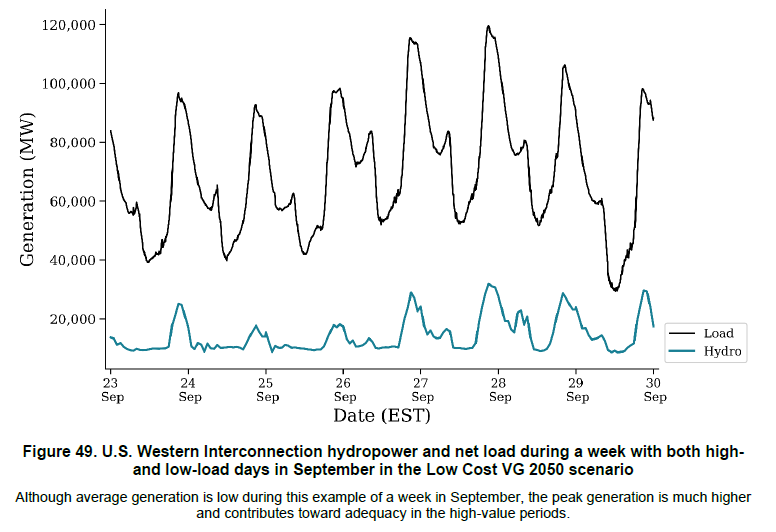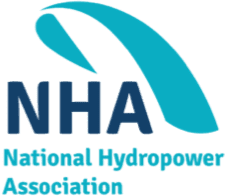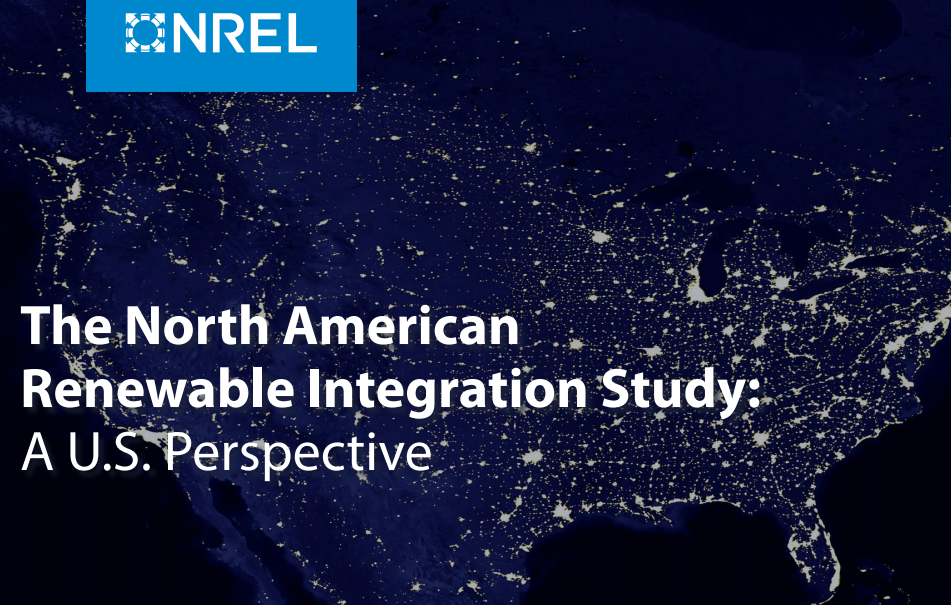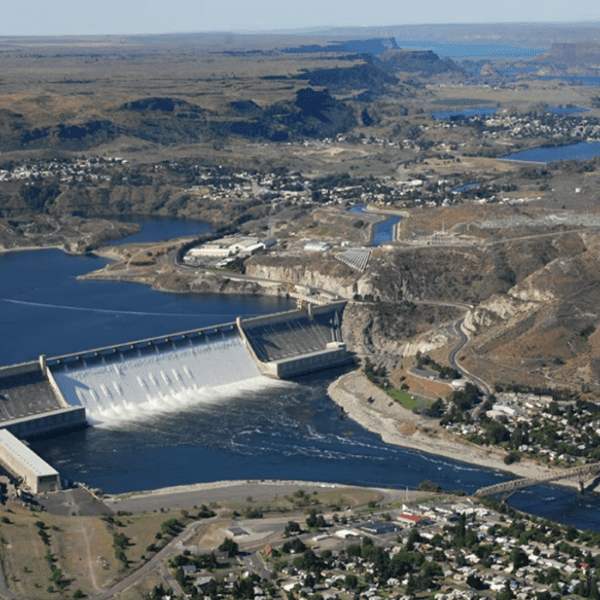Hydropower is the largest source of clean, flexible electricity on the electrical transmission grid today. Roughly, 70% of the total hydro fleet has some ability to dispatch or shift generation to follow load.
The flexibility of the current fleet is valuable, but what about the value in 2050 when the grid will be mostly powered by renewables?
The results of a first-ever detailed power system integration study for the entire North American continent released in June 2021 by the National Renewable Energy Laboratory (NREL) shows that hydropower’s flexibility will dramatically lower costs, help integrate variable resources, and lower overall emissions.
The Deep Dive
The North American Renewable Integration Study (NARIS) is a detailed power assessment of the North American electric power transmission grid. The study examines how the interconnected power system can be leveraged to reliably and cost effectively integrate wind, solar and hydropower.
The study also looked at several pathways for both the U.S. and Canada to meet ambitious 2050 climate goals to better understand the impacts these policies could have on the evolving grid.
Using optimization modeling tools, the study analyzed the value of hydropower flexibility in these high renewable scenarios.
Study investigators were able to estimate the actual value to the system by taking the existing fleet and disabling its flexibility. Essentially, they ran their 2050 5-minute dispatch model twice:
1) once assuming all hydropower operated as run of river (no flexibility); and
2) again with today’s flexibility characteristics.
The difference between the two scenarios demonstrates the value of hydro’s flexibility (both in Canada and the United States).
The results are remarkable. The flexibility of hydropower:
- reduces costs to the grid by $2.3 billion, equal to 3% of total system production costs;
- reduces curtailments (the times when solar and wind are over generating) by almost 10%; and
- reduces total overall emissions by 1.3%.
These projections are made even more impressive by the fact that the NARIS study did not include the additional benefits that could be gained from new pumped storage or adding a hydropower component to existing dams.
Essentially, these values represent what the existing fleet could do in 2050 — assuming the existing flexibility of the nation’s hydro assets can be maintained.
Why It Matters:
Hydro Is a ‘Force Multiplier’ for other Renewables
Much of the value that hydropower flexibility provides is by avoiding the curtailment of wind and solar. Wind and solar typically have the highest curtailments in April in the model. This is because of high energy production combined with low loads. April is also the month that hydro provides its most in terms of production cost value.
In addition, hydropower will contribute significantly to the net peak in late summer. Figure 49 shows that hydro in the western interconnection will provide 30 GWs toward the 120 GW net peak load (the net peak is the total load minus the output from wind and solar).

The net peak in late summer is the time of year that the California Independent System Operator (CAISO) grid is stressed the most. As we saw in the August 2020 blackouts, even though average output from hydro is lower in the late summer months the ability of flexible hydro to generate at the net peak provides valuable energy and capacity when the grid needs it most.
That value is going to be even more important in a 2050 high renewable grid.











